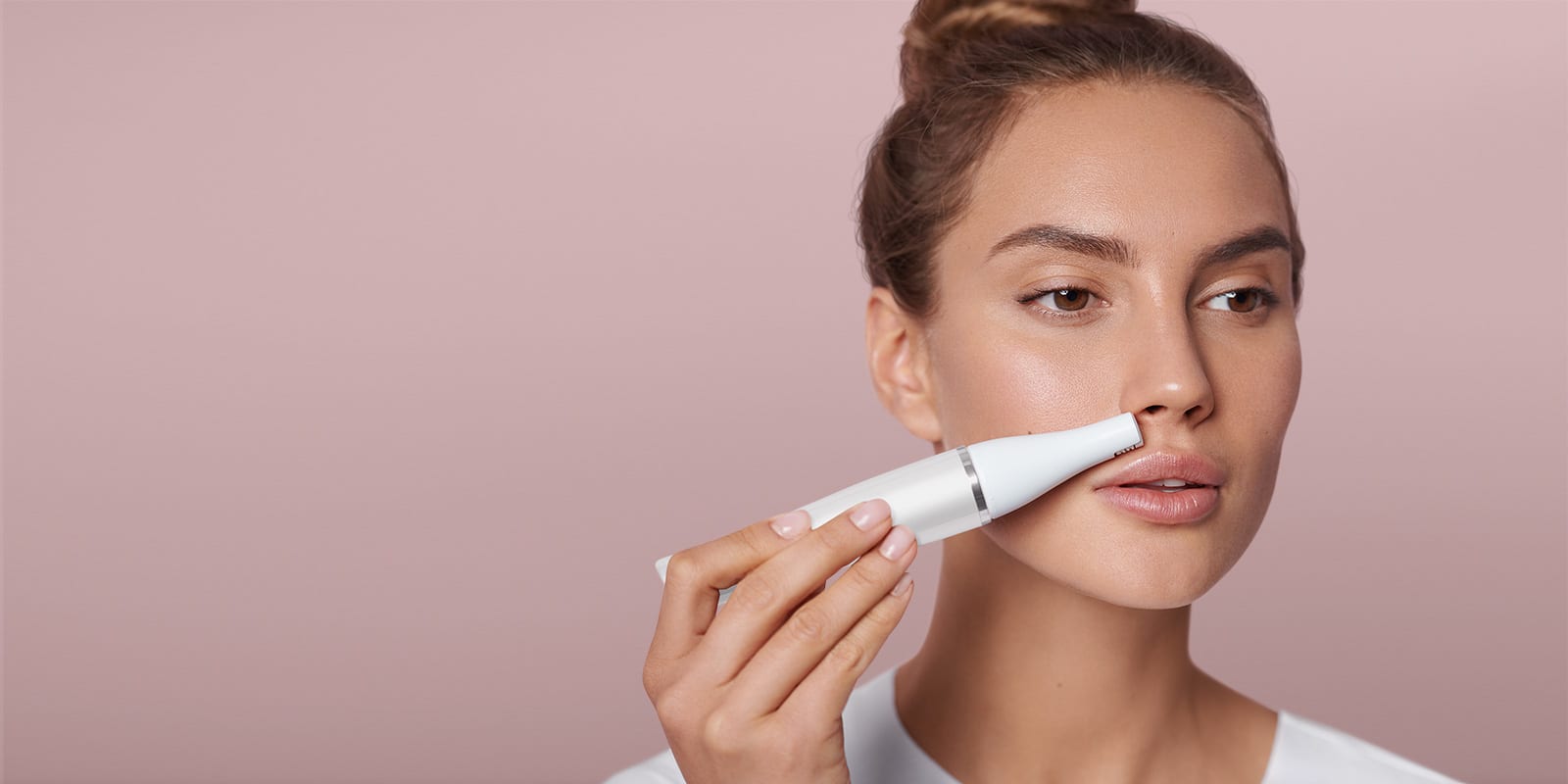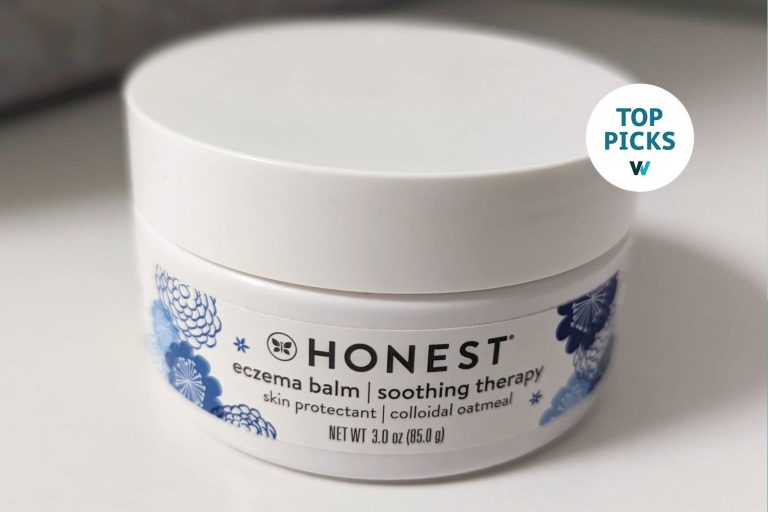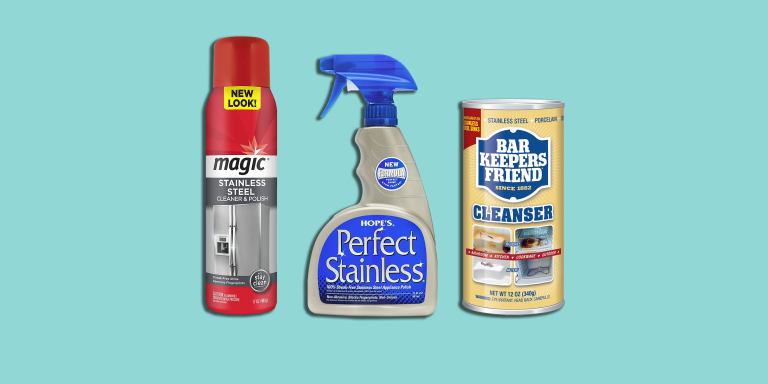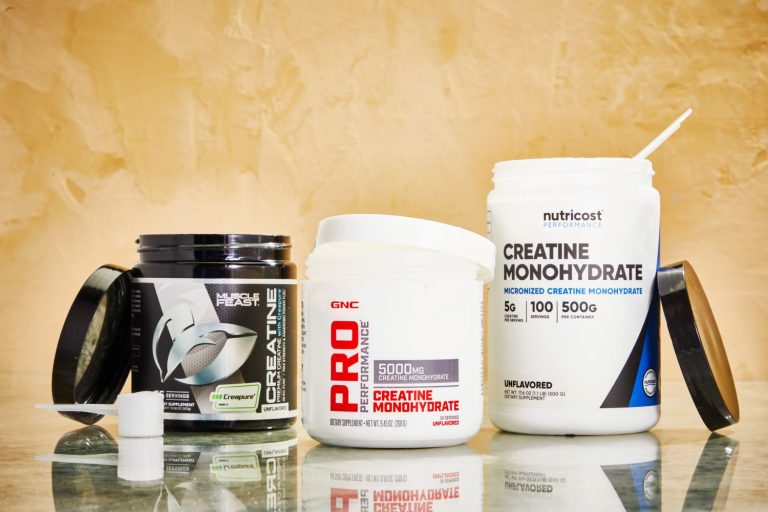9 Best Facial Hair Removal Methods for Women: Pros, Cons, and Expert Tips
Unwanted facial hair can be a frustrating issue for many women, but finding the right removal method doesn’t have to be a daunting task. With so many options available, from high-tech gadgets to simple home remedies, you can easily choose what works best for your skin type and lifestyle.
In this article, you’ll discover the nine best facial hair removal methods for women. Whether you’re looking for a quick fix or a long-term solution, we’ve got you covered with the most effective and reliable options to keep your skin smooth and hair-free.
1. Tweezing: Precision in Every Pull
Tweezing offers unmatched precision and control for facial hair removal. It’s a go-to method for targeting specific hairs without affecting the surrounding skin.
Pros of Tweezing
Pinpoint Accuracy: Tweezing allows you to remove individual hairs with precision, making it ideal for shaping eyebrows.
Low Cost: All you need is a pair of tweezers, which is a one-time, inexpensive purchase.
No Chemicals: Tweezing doesn’t involve any harsh chemicals, reducing the risk of skin irritation.
Portable: Tweezers are small and easy to carry, perfect for quick touch-ups on the go.
Cons of Tweezing
Time-Consuming: Tweezing each hair individually can take a lot of time, especially when dealing with larger areas.
Painful: Plucking hairs can be painful, particularly if the hair is thick or if you have sensitive skin.
Ingrown Hairs: Tweezing can sometimes cause hairs to break at the surface level, leading to painful ingrown hairs.
Redness and Swelling: Immediate redness and minor swelling can occur post-tweezing, usually requiring some soothing afterward.
2. Threading: Ancient Techniques for Modern Beauty
Threading is an ancient hair removal method that uses twisted cotton threads to pull hairs from their follicles. It’s precise and can shape your eyebrows beautifully.
Benefits of Threading
- Precision: Threading allows for exact hair removal, making it ideal for shaping eyebrows and removing fine facial hair.
- No Chemicals: This method doesn’t use any chemicals, which makes it suitable for sensitive skin.
- Quick Process: Threading sessions are generally quick, usually taking less than 15 minutes for the face or brows.
- Long-Lasting Results: Since threading removes hair from the root, you can expect up to 4-6 weeks of smooth skin.
- Less Painful: Many find threading less painful compared to waxing or plucking.
- Skill Dependent: Proper threading requires skill, so finding a well-trained professional is key.
- Temporary Redness: Some may experience mild redness or irritation right after the procedure.
- Not for Large Areas: Threading is best suited for small areas like the eyebrows and upper lip, rather than larger areas like legs or arms.
- May Be Unavailable: Not all salons offer threading, so you may need to search for a specialist.
3. Waxing: Swift and Effective
Waxing is one of the fastest and most efficient ways to remove unwanted facial hair. It offers immediate results and can keep your skin smooth for weeks.
Advantages of Waxing
- Long-lasting Results
Waxing removes hair from the root, leading to longer-lasting smoothness. You can enjoy hair-free skin for up to four weeks. - Speed and Efficiency
Waxing can cover large areas quickly. In a matter of minutes, you can clear hair from your upper lip, chin, or cheeks. - Exfoliation Benefits
Waxing also exfoliates your skin. It removes dead skin cells along with the hair, leaving your skin smoother and clearer. - Reduced Hair Growth Over Time
Regular waxing can weaken hair follicles, leading to finer and less noticeable hair regrowth.
- Pain and Discomfort
Waxing can be painful, especially for those with sensitive skin. The process involves pulling hair out from the roots, which can cause discomfort. - Redness and Irritation
Waxing can cause redness, bumps, or irritation, particularly on delicate facial skin. This may last a few hours to a couple of days. - Risk of Ingrown Hairs
There’s a possibility of developing ingrown hairs, where the hair grows back into the skin, causing irritation and potential infection. - Professional Costs
Salon waxing can be costly over time. DIY waxing kits are available but may not deliver the same results and can be challenging to use effectively.
Waxing offers a quick and enduring solution for facial hair removal, but it’s important to consider its potential drawbacks and choose what’s best for your skin type and tolerance.
4. Shaving: Quick and Convenient
Why Choose Shaving?
Shaving offers nearly instant results, allowing you to remove unwanted facial hair quickly and easily. It’s perfect for those busy mornings when you’re in a rush or need a fast touch-up before an event. You don’t need any fancy tools—just a reliable razor and some shaving cream. Moreover, shaving can be done in the comfort of your home, making it cost-effective and always accessible.
Drawbacks of Shaving
While shaving is quick and easy, it’s not without its drawbacks. The major downside is that the results are short-lived. You’ll notice stubble in just a day or two, and frequent shaving can sometimes lead to skin irritation or razor burns. Additionally, you must be careful to avoid cuts, which can be more challenging on the delicate skin of your face.
5. Depilatory Creams: Hassle-Free Removal
Depilatory creams offer an easy and painless way to remove facial hair. They’re ideal for busy lifestyles requiring minimal effort.
Effectiveness of Depilatory Creams
Depilatory creams dissolve hair just below the skin’s surface. This means you can enjoy smooth skin for several days longer than shaving. Brands like Nair and Veet offer formulations tailored specifically for sensitive facial skin. All you need to do is apply, wait a few minutes, and wipe away the cream along with unwanted hair. However, always follow the instructions on the package for the best results.
Potential Skin Reactions
While depilatory creams are generally safe, they contain chemicals like calcium thioglycolate and potassium hydroxide, which can cause irritation. Perform a patch test 24 hours before full application to ensure your skin doesn’t react adversely. Look out for redness, itching, or a burning sensation. If you have highly sensitive skin, consider opting for creams formulated specifically for delicate skin to minimize risks.
6. Laser Hair Removal: Long-Term Solution
Laser hair removal’s a popular and effective method to achieve long-term reduction of facial hair. It uses concentrated light to target and destroy hair follicles.
How Does Laser Hair Removal Work?
Lasers emit light absorbed by the pigment in the hair (melanin). That light converts to heat, damaging the hair follicles beneath the skin, inhibiting future growth. Dermatologists or licensed professionals typically perform this procedure. Several sessions, spaced weeks apart, are usually necessary for optimal results.
Pros and Cons of Laser Treatments
Pros:
- Long-Term Reduction: Offers significant hair reduction that can last for years.
- Precision: Targets dark, coarse hairs without damaging the surrounding skin.
- Speed: Each laser pulse takes a fraction of a second and can treat many hairs simultaneously.
- Cost: Can be expensive, often needing multiple sessions for best results.
- Skin Tone Limitation: Works best on light skin with dark hair; less effective on other combinations.
- Potential Side Effects: May cause temporary skin irritation, redness, or swelling. Rarely, it can lead to scarring or pigmentation changes.
Consider consulting with a dermatologist before deciding if laser hair removal is right for you.
7. Electrolysis: Permanent Hair Removal
Understanding Electrolysis
Electrolysis is the only FDA-approved method for permanent hair removal. It destroys the growth center of the hair using either chemical or heat energy. A fine probe is inserted into the hair follicle, which is then treated with electrical current to destroy it. This process can be applied to any part of the face and is effective for all skin and hair types.
Electrolysis versus Other Methods
Comparing electrolysis to other methods, it stands out for its permanency. Unlike laser hair removal, which reduces hair growth, electrolysis guarantees that hair won’t grow back. It’s more effective than waxing or threading, which are temporary and require regular sessions. Although it might be more time-consuming since each follicle is treated individually, the long-term results make electrolysis worth considering.
8. Natural Remedies: Gentle Alternatives
For those seeking less invasive options, natural remedies offer gentle alternatives for facial hair removal.
Popular Natural Remedies
Turmeric and Milk Paste: Mix turmeric powder with milk to form a paste. Apply it to the unwanted hair area and leave it on until dry, then gently scrub it off. Turmeric inhibits hair growth and has anti-inflammatory properties.
Papaya and Turmeric: Combine mashed papaya with a pinch of turmeric. Apply this mixture to your face, particularly to the areas with unwanted hair. Leave it on for 15-20 minutes, then rinse off. Papaya contains papain, an enzyme that breaks down hair follicles.
Sugar and Lemon: Create a mixture using sugar, lemon juice, and water. Heat it until it becomes a consistent paste. Once cooled, apply it to your face in the opposite direction of hair growth and pull off. This method works similarly to waxing but is gentler on the skin.
Considerations for Natural Methods
Effectiveness: Natural remedies tend to be less immediate than conventional methods. Consistency is key to seeing results. Expect slower progress, but with regular application, it can be effective.
Allergies: Some natural ingredients might cause allergic reactions. Always conduct a patch test on a small skin area before applying it to your face to look out for any adverse reactions.
Maintenance: Natural remedies may require more frequent application to maintain hair-free skin. Unlike laser or electrolysis, these methods focus more on reducing hair growth over time rather than removing it permanently.
By integrating these gentle natural remedies into your routine, you can achieve smoother skin without resorting to more aggressive hair removal techniques.
9. Prescription Treatments: Dermatologist-Recommended Solutions
Prescription treatments offer targeted solutions for persistent facial hair issues. These solutions are effective but require a dermatologist’s guidance.
What Are Prescription Treatments?
Prescription treatments for facial hair removal include topical creams and oral medications. Eflornithine cream, FDA-approved, slows hair growth and can make your facial hair less noticeable. Oral medications such as anti-androgens can reduce hormonal imbalances that cause excessive hair growth. These treatments need professional supervision to ensure effectiveness and monitor side effects.
When to Consider Prescription Options
Consider prescription options if other methods don’t give desired results or cause adverse reactions. Consult a dermatologist if you have underlying medical conditions like polycystic ovary syndrome (PCOS). Prescription treatments are also suitable for sensitive skin prone to irritation from conventional hair removal methods.
Conclusion
Choosing the right facial hair removal method can be overwhelming with so many options available. Whether you prefer natural remedies, professional treatments, or over-the-counter solutions, there’s something for everyone. It’s crucial to consider your skin type, hair type, and any underlying conditions like PCOS when deciding on the best approach. Consulting with a dermatologist can help you make an informed decision, ensuring you achieve smooth, hair-free skin without unnecessary irritation. Remember, the key to effective facial hair removal lies in understanding your specific needs and selecting the method that aligns with them.






